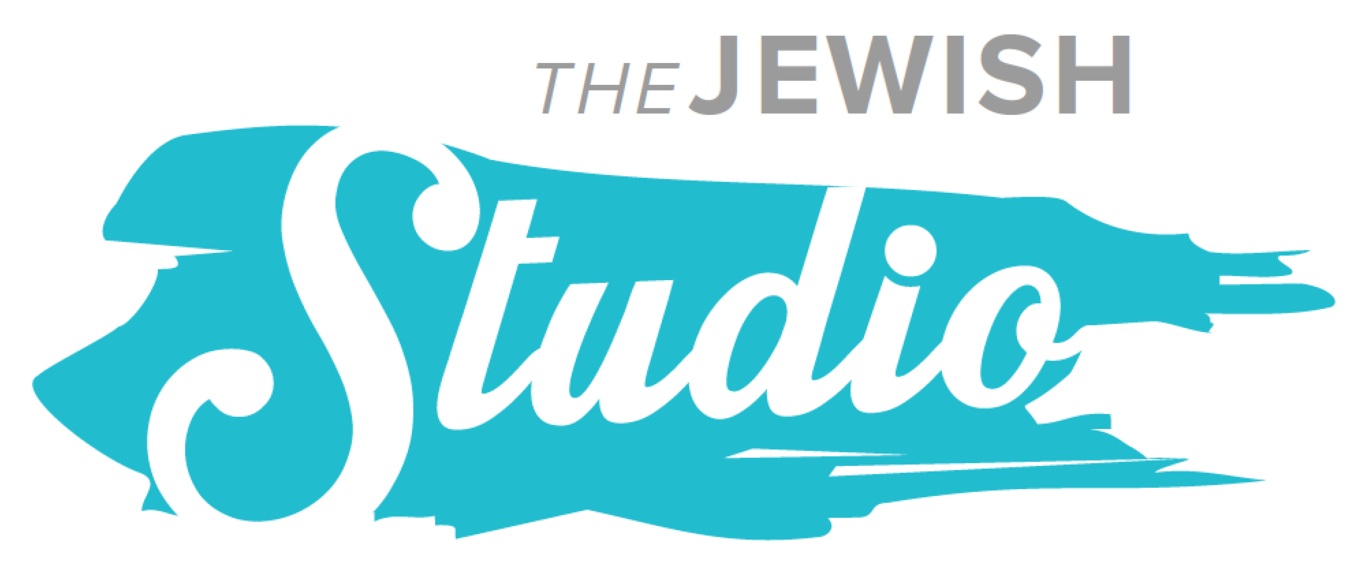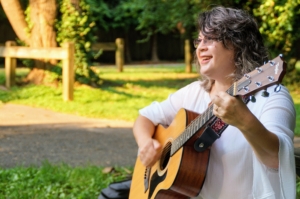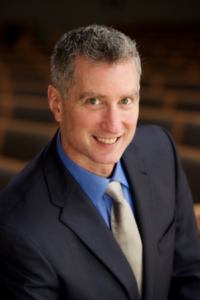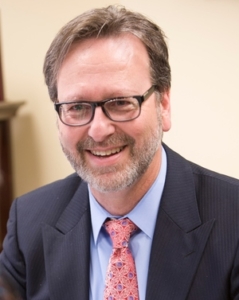See Your Way to Freedom
See Your Way to Freedom
Part of a yearlong series about resilience in Jewish spiritual life.
Freedom! For many, freedom is the spiritual goal – to be free of suffering, free of burden, even free of the travails of earthly life. For many, freedom is the political goal: think FDR’s Four Freedoms, Dr. Martin Luther King’s “Free at last!” refrain of his “I Have a Dream” speech, or a modern political party’s partisan gerrymander to free itself of the other party’s existence.
Freedom, it seems, is in the eye of the beholder – but so too is the key to freedom.
This week’s Torah telling of Judaism’s master story of freedom – the Splitting of the Sea and liberation from Egyptian slavery (Parshat Beshallach) – hints that we truly sing our freedom only when we learn to see everyone as potential liberators.
We rarely live that way. Unconsciously we divide the world into friend and foe, folks with us and folks against us, people with something to teach and people who don’t. Helpful and hurtful, caring and uncaring, good and bad – these categories are mental shortcuts (psychologists call them cognitive heuristics) that are efficient to live by.
That’s the rub. Category thinking is natural, but not infallible and never freeing.
Torah’s liberation story records that after the Sea of Reeds split to open an escape path for our fleeing ancestors, they “had awe for God and believed in God and Moses” (Exodus 14:31). Torah continues, “So Moses and the Children of Israel sang this song [of freedom] to God” (Exodus 15:1).
Look again. The people believed in Moses, so Moses could sing his freedom. Oh? Read this way, Moses is a narcissist – like many spiritual and political leaders who need universal adulation. Such persons can’t ever be free: they’re shackled to their inexhaustible need to be loved, followed, obeyed and even feared.
But Torah names Moses the world’s most humble person (Numbers 12:3), so there must be another lesson here. It’s Torah’s perhaps most potent teaching on resilience.
Moses did indeed look to the people – and what he saw was people full of grace. No, everyone wasn’t perfect: some were whiners, selfish or even sinful. Even so, Moses saw them in a way that saw them into their best selves, and so he sang.
This is tradition’s consistent refrain. Who is wise? One who can learn from everybody (Avot 4:1). Who is worthy? Even potentially the most sinful, for we must see them as full of mitzvot (worthy deeds) like the seeds of a pomegranate (B.T. Eruvin 19a).
Freedom means seeing everyone as their best selves and into their best selves, not in rigid categories good and bad, with us or against us. Only then can we sing in freedom. When we learn to see this way – not with naïveté but with audacious spiritual vision – then by definition we become free.
But what of people who act with malice, like the enslaving Pharaoh? Nachman of Breslov taught that Torah’s words “I (God) hardened Pharaoh’s heart” (Exodus 10:1) also can mean “I (God) am in Pharaoh’s hardened heart.” Somehow, somewhere, the potential for holiness hides everywhere, even in the hardened heart. Sometimes it may seem super-human to find it, but it’s within us and for us to look for it.
This kind of vision sets us free, and it can’t be taken from us. It’s a fount of resilience, an inner inclination that can free us from constricting thoughts and see everyone into their best selves – and thus help that kind of world become visible to everyone.
Just ask FDR. Just ask Dr. King. Just ask Moses – our resilience teachers.
– Rabbi David Evan Markus






 Evan J. Krame was ordained as a rabbi by the
Evan J. Krame was ordained as a rabbi by the